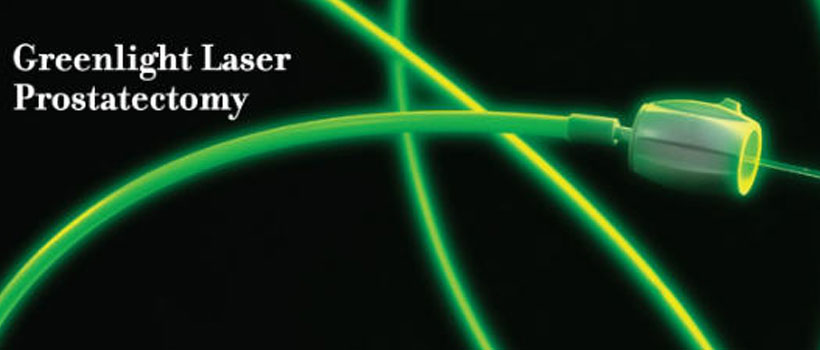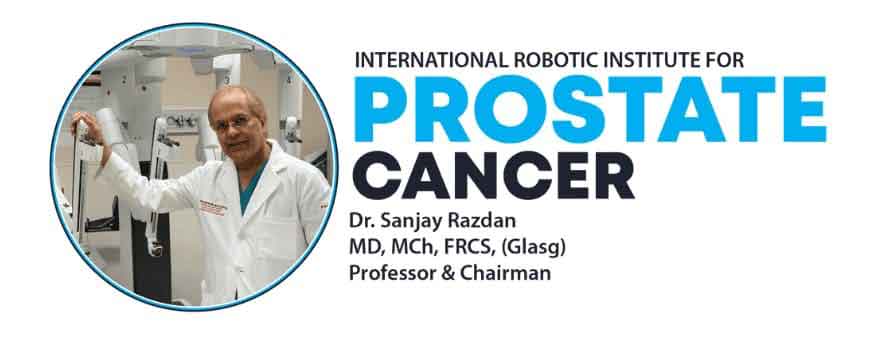PVP Greenlight Laser is an alternative method of reducing the bladder outflow obstruction suffered by men with an enlarged prostate. While Transurethral Resection of the Prostate (TURP) is still regarded as the gold standard surgical treatment for BPH, the prospect of a less invasive treatment is attractive. PVP GreenLight Laser still requires a short period of hospitalisation and a light anaesthetic, but recovery is quicker in the short term. A catheter (a tube which drains the bladder) is also needed for 1-2 days until the urine clears. Patients are advised to take life quietly and to avoid straining or heavy lifting for 10 days or so after the surgery.

Who is it suitable for?
Any patient for whom TURP is indicated, with the exception of men who have been in acute retention (unable to pass water) who have a prostate volume greater than 60cc; or who need laboratory analysis of the prostate “chippings”.
How does it work?
Just as in TURP, some prostate tissue is removed in order to relieve pressure on the urethra. But this time a laser probe is inserted and under the guidance of the surgeon the overgrown tissue is vaporised by the laser energy. The laser very effectively stops any tissue from bleeding and as a result no bladder irrigation is required.
Side-effects are similar to those of TURP. But with much less bleeding, the laser procedure is considered less invasive. Typically this means the hospital stay is shorter and recovery faster. However it is not uncommon for patients to feel a burning/stinging sensation for some time after the procedure and this may last up to six or even eight weeks.
It is normal to have traces of blood in the urine after this operation, so it is advisable to drink plenty of water for a few days while it clears. Clots are sometimes passed 10-14 days afterwards; again, this is part of the healing process.
Apart from this and the risk of infection that accompanies any operation or invasive procedure, the only significant side-effect is the near certainty that normal ejaculation will cease. This is because the contraction that occurs during orgasm may not completely block the entrance to the bladder once some tissue has been removed, and the semen will flow back into the bladder (“retrograde” or “dry” ejaculation) rather than out through the penis. This is not harmful, but it does mean that future fertility is greatly reduced.






